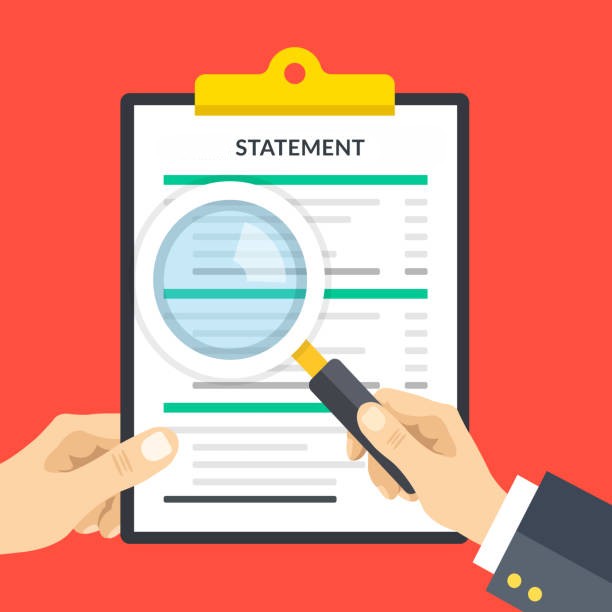
In finance there are three critical statements that will help you see if your company or other companies’ performance in finance.
Here they are:
- Cash Flow Statement
- Income statement
- Balance sheet
Before I show you what these statements mean, I would like to point out that these statements are used to lay all the things you are doing on the table and see if what you are doing is benefical or not and what to remove and what to keep.
So let’s move on to those 3 statements!
- Cash Flow Statement:
What is a Cash Flow statement?
Understanding a Cash Flow statement is pretty easy. It’s an examination of the company’s bank account over a certain period of time. It summarizes the amount of cash that flows into the account and leaves it. Some Cash Flow Statements show the cash flow for a day, some for a week, some for a month and some for a year and years.
Tracking the CFS over a shorter period of time helps understand if the company is not running out of money. Longer periods help track performance over time.
There are three sources of cash flow tracked by the CFS. Operation (Selling offers and buying inputs), Investing (Dividends and paying for capital expenses) and Financing (Borrowing money and paying it back).
- Income statement
What is an Income Statement?
If a business manages inventory or extends credit to customers, a simple cash flow statement might not be accurate. What the Cash Flow Statement doesn’t show is this:
Imagine that you are a retailer and you buy stock on credit and don’t have to pay for 90 days. In those three months, sales roll in but without profit and the retailer’s cash position grows and grows. To an onlooker, sales seem to boom until the retailer has to pay back the credit.
Income Statement matches the revenue with its expense and shows the loss and profit of a company.
- Balance sheet
What is a Balance Sheet?
A balance sheet is what a company owns and owes. I would say it is an estimate of the company’s net worth. The following is the formula you need to know.
Assets = Owner’s Equity + Liabilities. In essence, owner’s equity is a company’s net worth, assets are what the company owns, and liabilities are its debt. As you can see the two sides are in balance. Which is why it’s called a balance sheet.